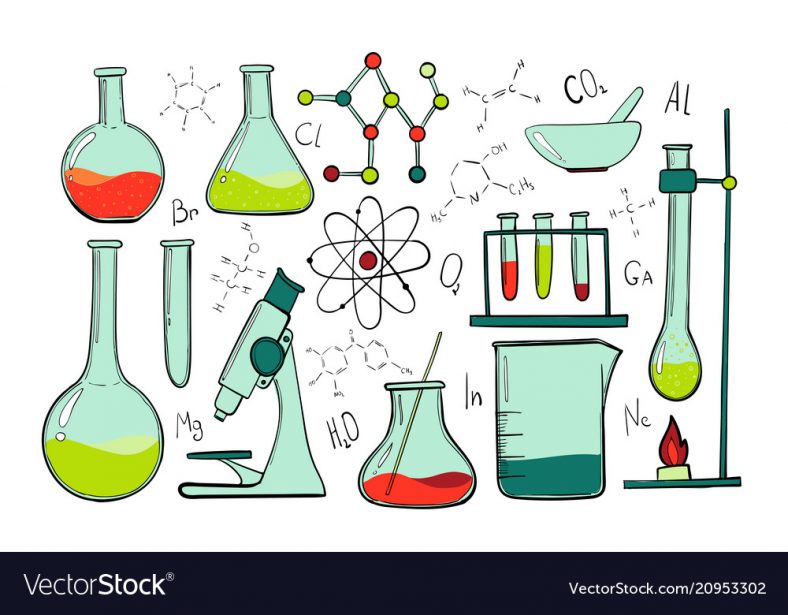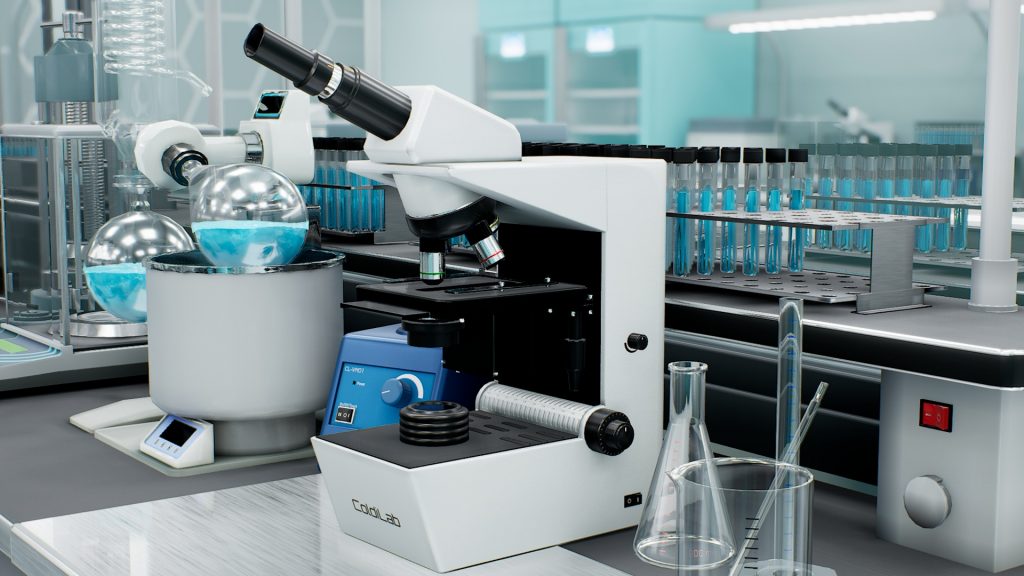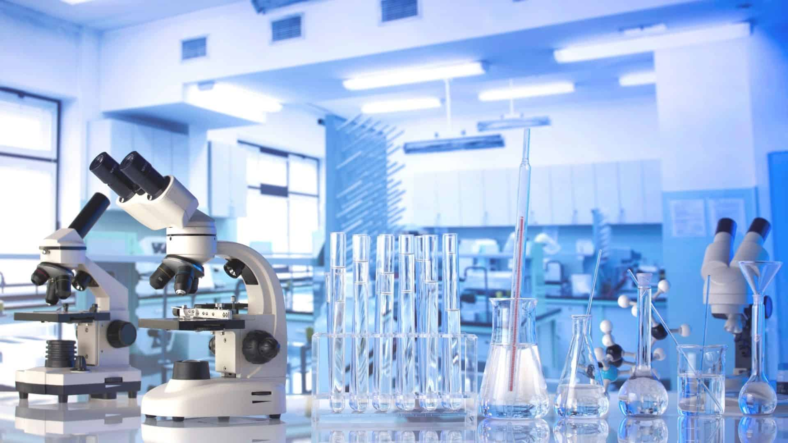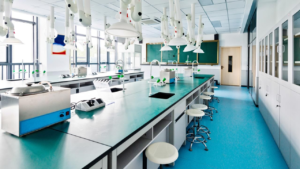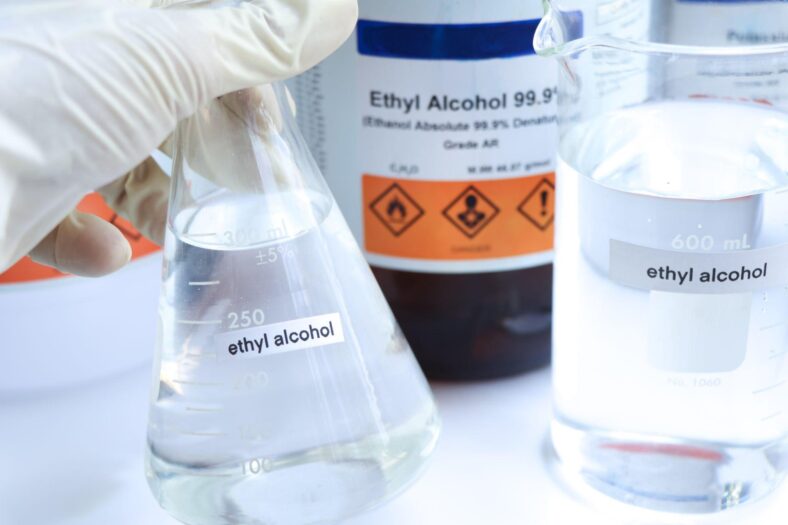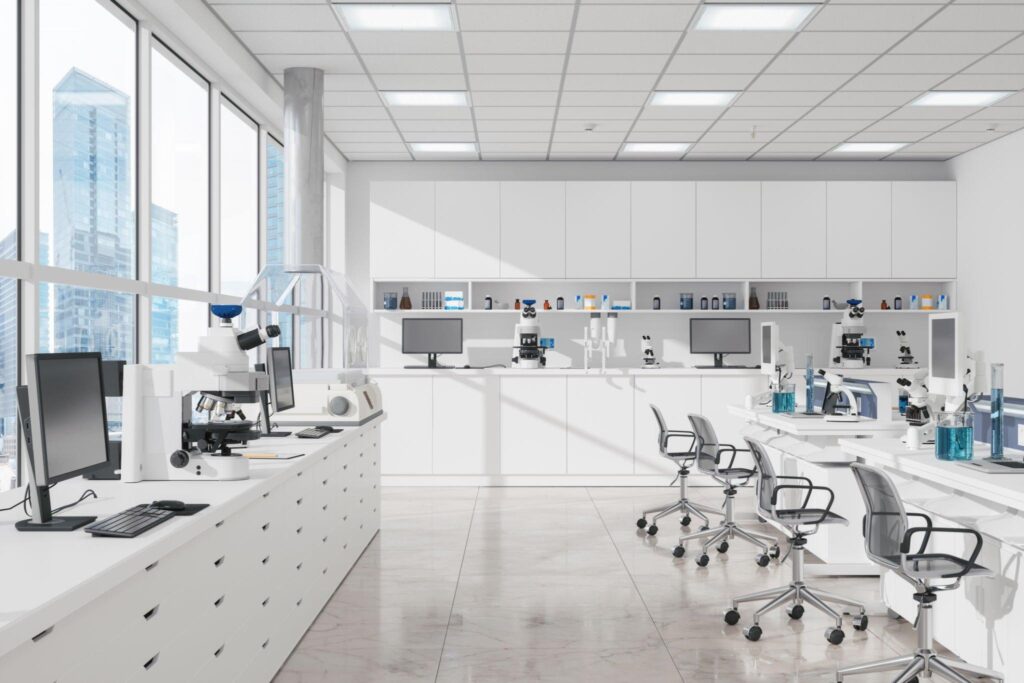The growth of science and technology has made work more effective and efficient, which is a significant contribution to human existence today. Similarly, science and technology have impacted modern civilisation.
We must study science since it has several applications in everyday life. The advancement of science, human labour may become more productive and efficient. In human existence, science and technology serve as guides for interpreting and comprehending the environment and its constituents, as well as instruments for exploiting, processing, and employing to meet human requirements.
The definition of science or science is “efforts to research, discover, and enhance human understanding of diverse areas of the human environment.” There are five primary scientific disciplines: Biology, Chemistry, Physics, Geology, and Astronomy. Science may be utilised to uncover previously unknown facts and as a tool for human survival. Science may cultivate positive mental, logical, and systematic thinking in youngsters. In addition, because children must observe, make predictions, and make judgments, it might teach them to be cautious. Science is extremely beneficial to human existence because, as it advances, it makes human work more productive and efficient. Similarly, science has influenced civilizations around the world. In human existence, science and technology serve as guides for interpreting and comprehending the environment and its constituents, as well as instruments for exploiting, processing, and employing to meet human requirements.
First, the competition to be the top nation. Countries with the most recent and sophisticated technical developments can govern the globe. The evidence is that when the United States bombed Japan in two cities, namely Hiroshima and Nagasaki, Japan was stunned and surrendered, making the United States the most feared country in the world at the time. Even today, the United States is becoming increasingly advanced in terms of agriculture and military.
In order to compete with other nations, several countries emphasise science as their primary subject. It is paradoxical if a country lacks the capability to be colonised and even to convert its natives into labourers.
Natural factors make it tough for us to exist even in uncolonized environments. Examples include drought and agricultural failure. Due to our lack of technology resources, it is challenging for us to deal with the unexpected. It is not sufficient to rely just on nature to ensure our survival; we require technology and knowledge that we can employ if the environmental circumstances of a region become untenable.
Second, science is an essential branch of science. The sciences we study will evolve into new scientific disciplines. Science will make it simpler to continue studying in the field of agriculture, as well as in the fields of medicine and research.
There are several additional scientific disciplines, including sociology, climatology, medicine, robotics, computers, astronomy, agriculture, animal husbandry, fisheries, and forestry.
Third, make non-science lessons more accessible. Science also facilitates entry into non-scientific fields, such as economics. The study of economics requires fundamental scientific and maths abilities. Without science, economics would cease to exist, as it is impossible to learn without counting.
People who are fluent in English will study science in the field of statistics to determine the value of the group’s mean score. What is a student, and what is a business? Therefore, science is extremely vital, regardless of whether one continues to study non-science or science.
Fourth, educate individuals. Science will teach individuals who study it. With science, we will be better able to respond to life’s challenges. For instance, if you understand what transpired as a result of forest fires, you will consider how to recover, despite the fact that the answer is included in the school courses you acquire.
Interested in Science? Click here General Science Degree in Ireland.




